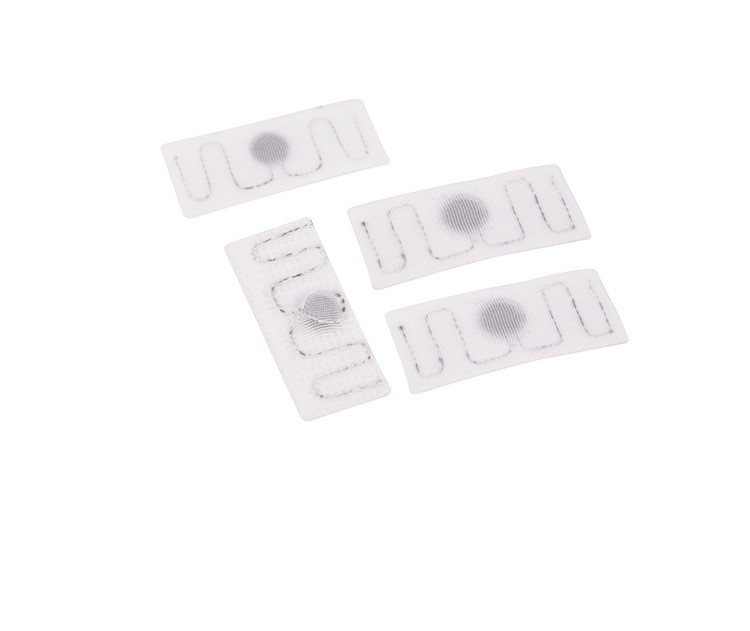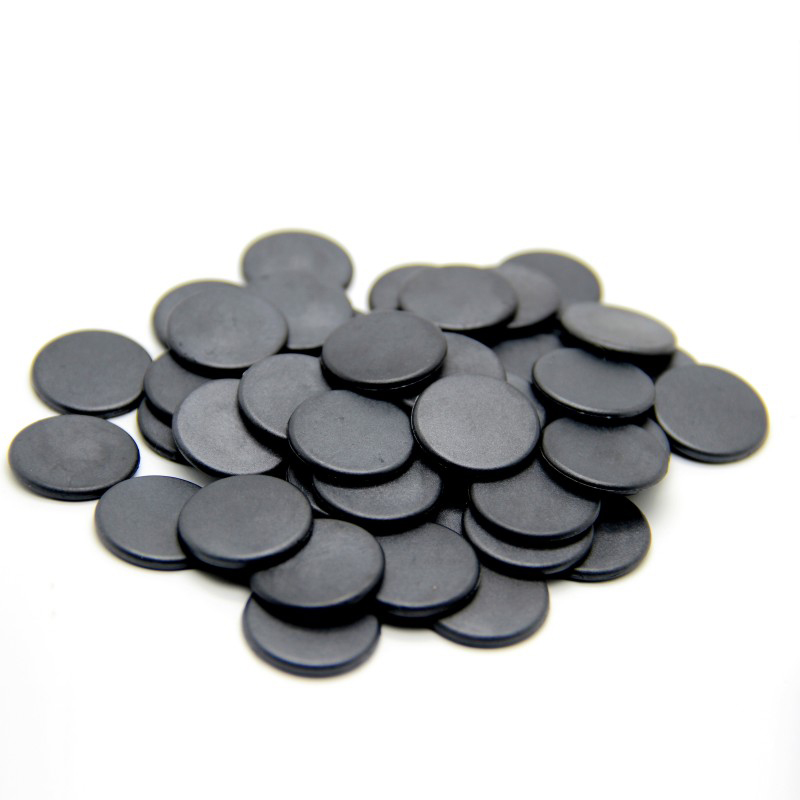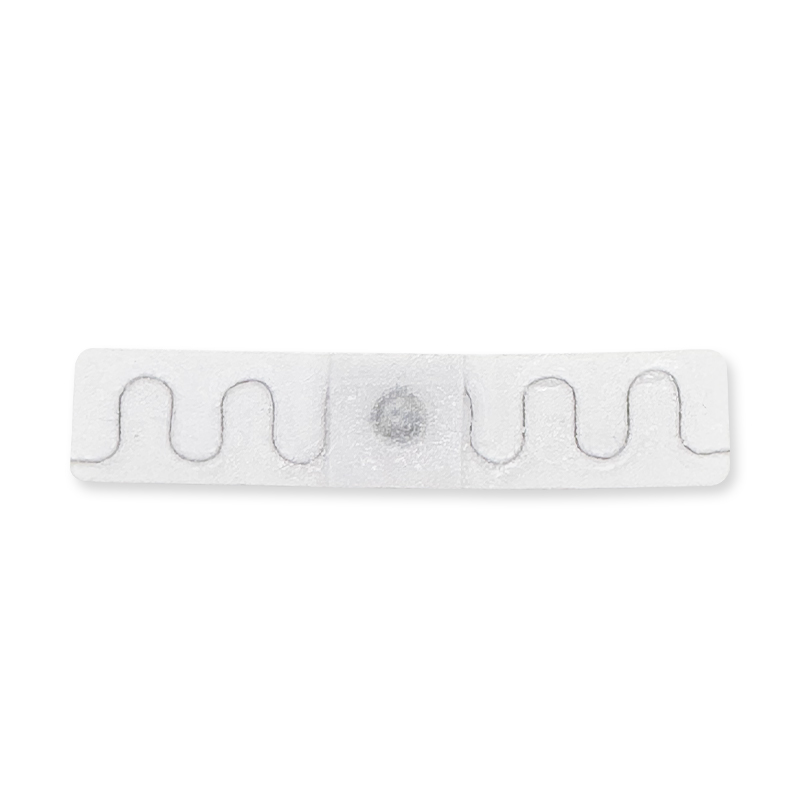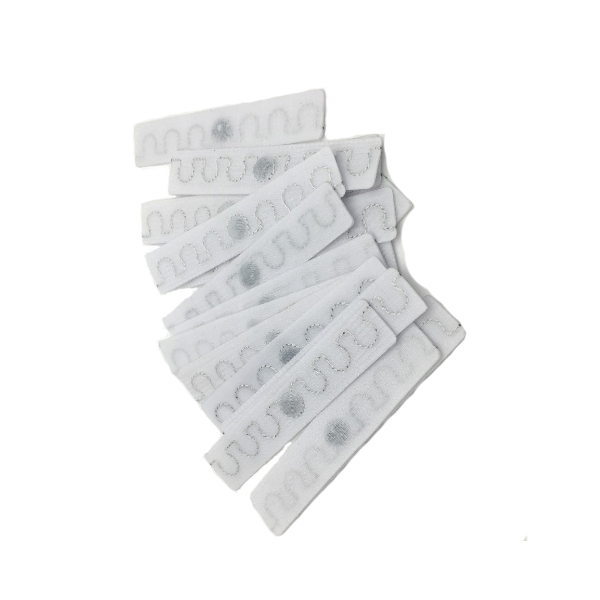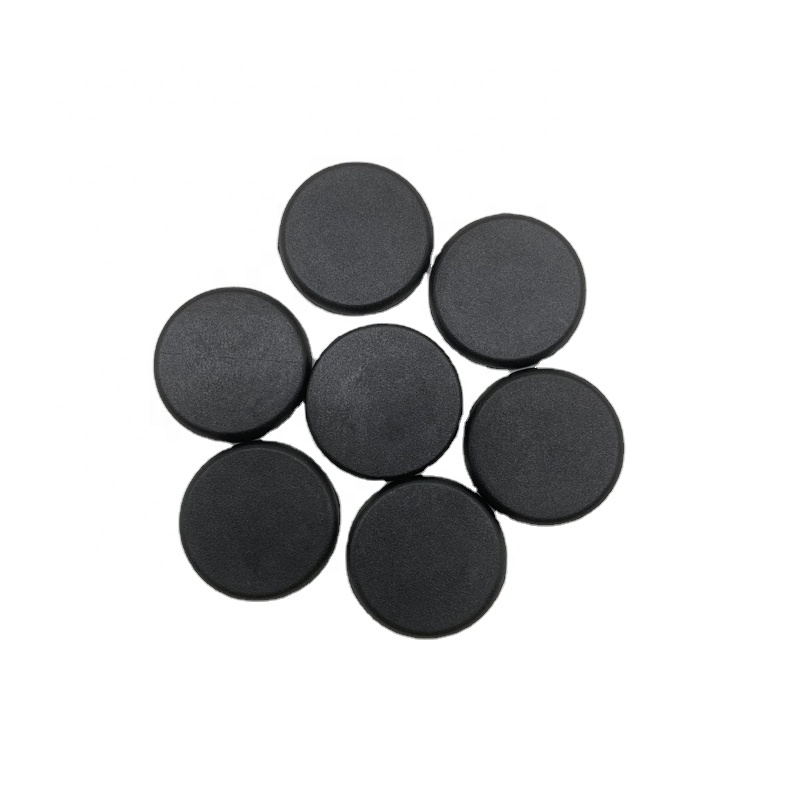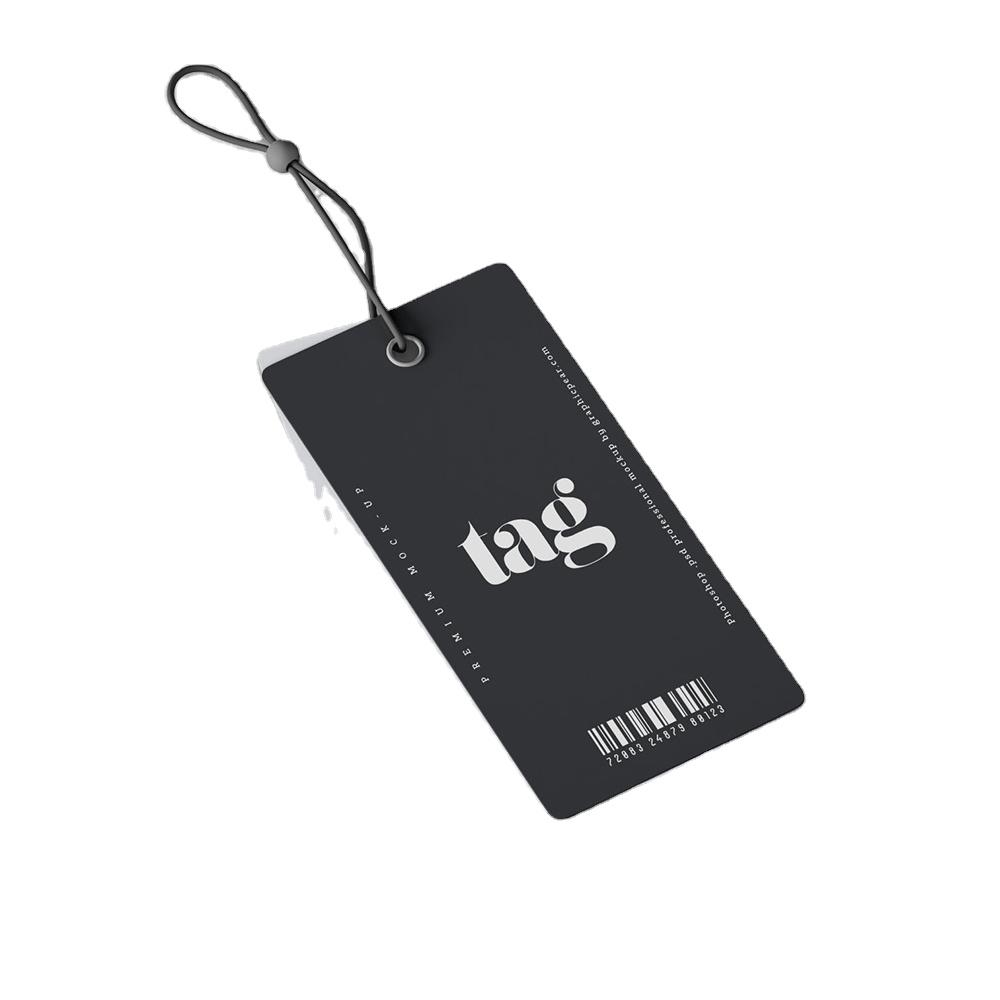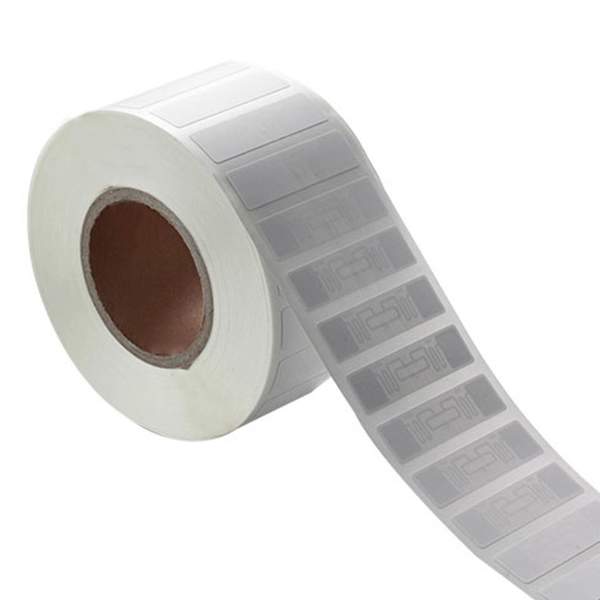1. The Basics of RFID Wash Care Tags
RFID Wash Care Tags are small labels sewn into garments that provide essential care instructions. These tags inform you about washing, drying, bleaching, and ironing requirements, ensuring that each textile is treated appropriately. The symbols used on these tags are standardized globally, but their meanings can be easily misunderstood.
Laundry tags are not just about maintenance; they are also crucial for inventory management, especially in commercial laundry operations. In such cases, RFID wash tags come into play, offering advanced tracking and management solutions.
RFID Wash Care Tags are designed to withstand high temperatures and harsh wash cycles, making them ideal for industrial laundry settings.
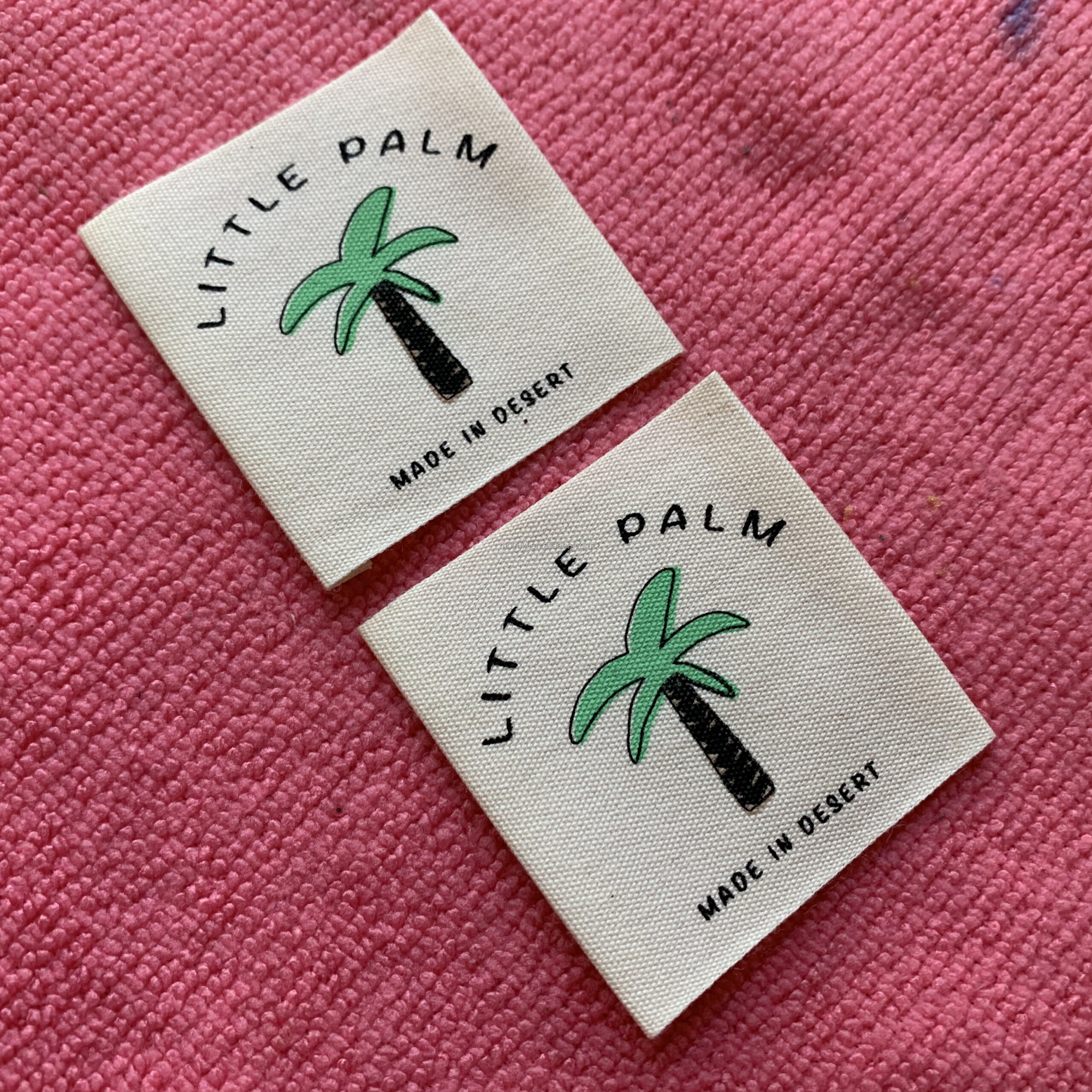
2. Decoding Washing Symbols
Washing symbols are among the most common on laundry tags. These symbols typically include a bowl filled with water, sometimes accompanied by dots or lines. Here’s what they mean:
- Bowl with Water: Machine washable
- Hand in Bowl: Hand wash only
- Bowl with Cross: Do not wash
- Dots Inside Bowl: Temperature settings (1 dot for cold, 2 dots for warm, 3 dots for hot)
For industrial laundry operations, RFID Wash Care Tags can be programmed to include washing instructions. These tags are durable and washable, making them ideal for garments that undergo frequent and rigorous cleaning cycles.
3. Understanding Bleaching Symbols
Bleaching symbols are represented as triangles. These symbols provide guidance on whether a garment can be bleached or not:
- Empty Triangle: Bleach allowed
- Striped Triangle: Non-chlorine bleach only
- Crossed Triangle: Do not bleach
In commercial laundry facilities, using the correct bleach is crucial to maintaining the fabric’s integrity. RFID Wash Care Tags help track each garment’s washing history, ensuring that bleaching instructions are consistently followed.
4. Drying Symbols Explained
Drying symbols are vital for maintaining the shape and quality of garments. These symbols are usually represented by squares with circles or lines inside:
- Square with Circle: Tumble dry allowed
- Circle with Dots: Heat settings (1 dot for low heat, 2 dots for medium, 3 dots for high)
- Square with Line: Dry flat
- Crossed Circle: Do not tumble dry
In industrial laundry, UHF RFID tags are commonly used to monitor drying cycles. These tags are designed to withstand high temperatures and multiple wash cycles, ensuring accurate tracking throughout the drying process.
5. Ironing Symbols and Their Meaning
Ironing symbols are represented by images of irons with dots inside, indicating the temperature settings:
- Iron with One Dot: Low temperature (110°C)
- Iron with Two Dots: Medium temperature (150°C)
- Iron with Three Dots: High temperature (200°C)
- Crossed Iron: Do not iron
- Iron with Line Underneath: No steam ironing
RFID tags are beneficial in preventing damage caused by incorrect ironing. These tags store detailed care instructions, making it easier for commercial laundries to follow the correct ironing process.
6. Dry Cleaning Symbols
Dry cleaning symbols are represented by circles, often with letters inside:
- Circle with Letter: Dry clean only (the letter indicates the type of solvent)
- Crossed Circle: Do not dry clean
- Circle with Line Underneath: Gentle dry cleaning
Commercial laundry operations rely on RFID technology to track garments that require dry cleaning. RFID tags transmit data to RFID readers, ensuring that the correct cleaning method is applied to each garment.
7. How RFID Laundry Tags Enhance Garment Care
RFID laundry tags are revolutionizing the way we manage and care for textiles. These tags provide several advantages:
- Efficient Tracking and Management: RFID laundry tags are designed to withstand harsh washing conditions, ensuring accurate tracking throughout the laundry cycle.
- Enhanced Inventory Management: RFID technology automates the sorting and inventory process, reducing human errors.
- Increased Durability: These tags are made from durable materials, such as silicone and PPS, to withstand high temperatures and frequent washing.
- Cost Efficiency: By reducing garment loss and improving inventory accuracy, RFID laundry tags contribute to cost savings in industrial laundry operations.
8. Environmental Impact of Laundry Tags
Traditional laundry tags are often made from polyester or nylon, which can contribute to environmental pollution. However, RFID textile tags are designed to be more sustainable. These tags are reusable and help reduce waste by extending the lifespan of garments through proper care.
Moreover, RFID technology minimizes water and energy consumption by optimizing laundry cycles, making it an eco-friendly solution for commercial laundries.
9. Customer Reviews and Testimonials
Many commercial laundries have switched to RFID laundry tags for efficient garment tracking and management. Here’s what some users have to say:
- John, Industrial Laundry Manager: “RFID laundry tags have revolutionized our inventory management. We no longer lose track of garments, and the tags are durable enough to withstand high-temperature washing.”
- Sarah, Hotel Linen Supervisor: “Using RFID linen tags has significantly improved our linen management. We can easily track each item, ensuring that nothing is misplaced.”
- Mike, Uniform Supplier: “RFID laundry tags have streamlined our operations, allowing us to manage thousands of uniforms efficiently.”
10. FAQs About RFID Wash Care Tags and RFID Technology
Q1: What are RFID tags made of?
RFID tags are typically made from durable materials like silicone, PPS, and soft rubber to withstand high temperatures and harsh wash cycles.
Q2: Can RFID laundry tags be used for personal garments?
Yes, although they are more commonly used in industrial and commercial settings, RFID tags can be used for personal clothing to track wash cycles and care instructions.
Q3: Are RFID laundry tags safe for washing machines?
Yes, RFID laundry tags are designed to be washable and can withstand high-temperature washing and drying cycles.
Q4: How do RFID laundry tags help in inventory management?
RFID laundry tags transmit data to RFID readers, automating the inventory process and reducing human errors.
Q5: Where can I buy RFID laundry tags?
For high-quality and durable RFID laundry tags, please fill out the form below and let us know your requirements. Our team will get in touch with you shortly.
Conclusion
Laundry tags are crucial for maintaining the quality and longevity of garments. By understanding the symbols on these tags, you can prevent damage, preserve fabric integrity, and extend the lifespan of your clothing. In commercial and industrial settings, RFID laundry tags provide an efficient solution for tracking and managing garments, ensuring proper care and inventory accuracy.
With RFID technology, laundry operations become more efficient, cost-effective, and environmentally friendly. Whether you manage a commercial laundry facility or simply want to care for your clothes better, understanding laundry tags and utilizing RFID technology can make all the difference.
For more information or to inquire about RFID laundry tags, please fill out the form below and let us know what type of RFID solution you need.
